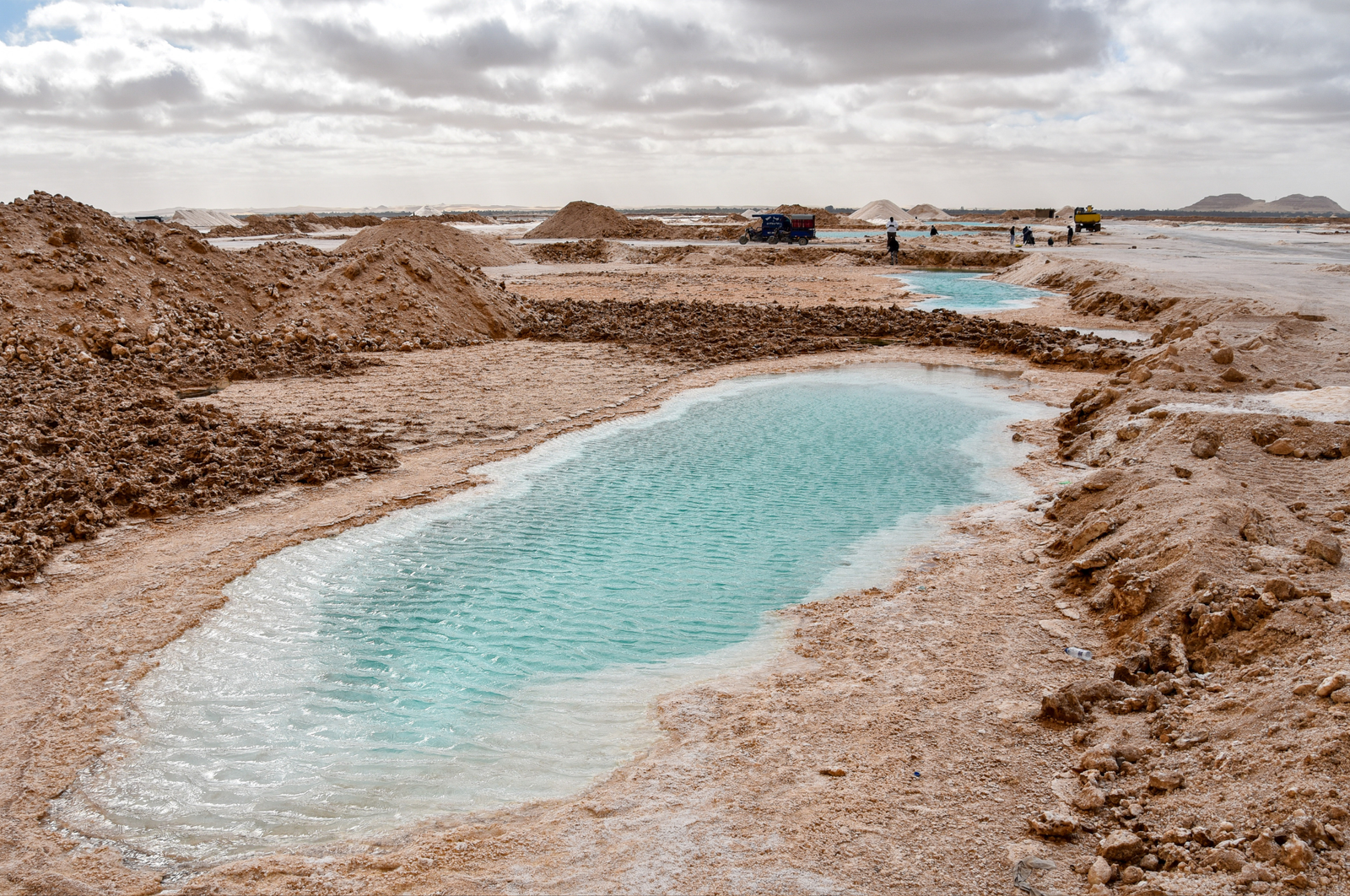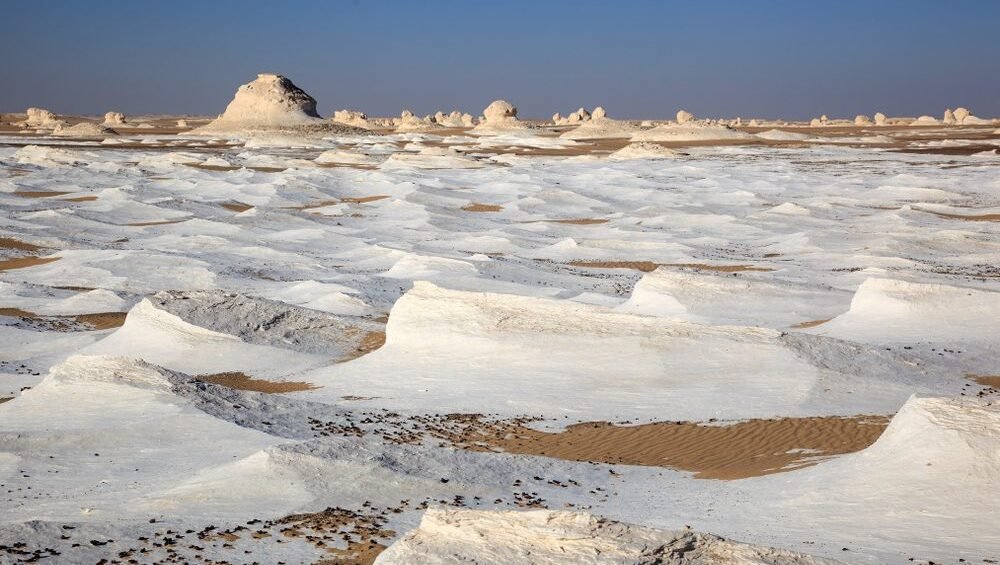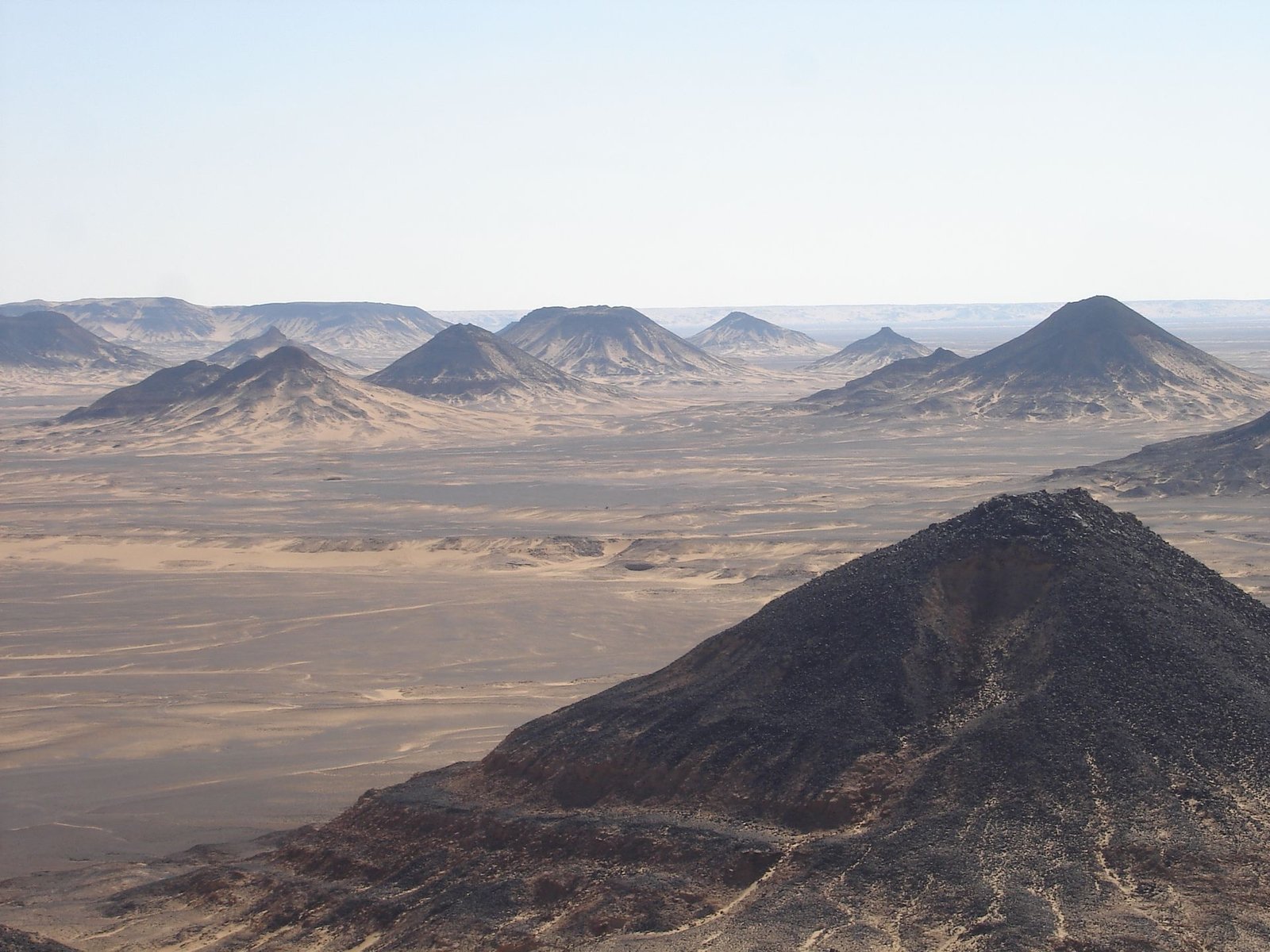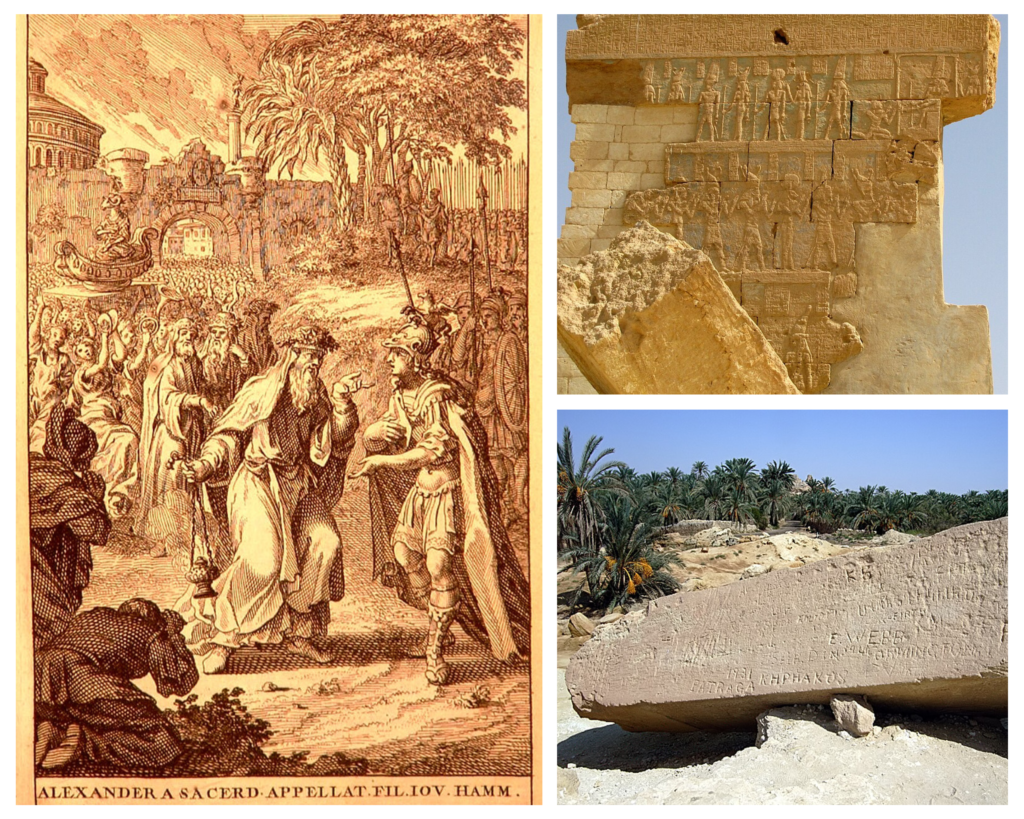Journey of the Soul: Egypt’s Spiritual and Mystical Adventure on the Nile
Egypt, with its rich history and culture, offers not only majestic monuments but also the mystical Nile River. This iconic river has shaped Egypt’s landscapes and spiritual traditions. For those seeking spiritual enrichment, Egypt provides a wealth of sacred experiences, connecting travelers to the profound energies of its past. A spiritual tour along the Nile River promises a transformative journey through timeless traditions and sacred spaces.
A Historical Legacy Along the Nile River

Egypt’s historical legacy intertwines deeply with its spiritual heritage, much of which is centered around the Nile River. The country’s ancient temples and sacred sites along the river’s banks have long attracted seekers of spiritual wisdom. Exploring these areas allows visitors to connect with a profound sense of reverence and contemplation, reflecting Egyptian spirituality through the ages.
The Nile River, often regarded as the lifeblood of Egypt, has been central to the region’s spiritual and cultural landscape. Flowing through Egypt’s heart, the Nile is a symbol of life, fertility, and divine favor. Its continuous presence adds depth to the spiritual journey, linking sacred sites and ancient rituals that unfold along the riverbanks.
The Spiritual Experience Along the Nile

A spiritual journey along the Nile River offers a unique blend of profound historical significance and modern comfort. As you explore sacred landscapes and delve into ancient spiritual practices, you’ll be immersed in an environment where the river itself enhances the experience. This journey combines timeless elegance with contemporary amenities, enabling a meaningful connection to Egypt’s spiritual heritage while enjoying personal comfort.
Embark on Your Spiritual Journey Along the Nile River

For those seeking a unique way to explore Egypt, a spiritual tour along the Nile River offers an unforgettable experience. The blend of historical significance, spiritual depth, and personalized comfort creates a journey like no other.
Begin your transformative spiritual journey through Egypt with Odysseys Voyage. Our expert team has crafted an exclusive itinerary, allowing you to deeply connect with Egypt’s rich spiritual heritage and find personal renewal. Discover more at www.OdysseysVoyage.com






































